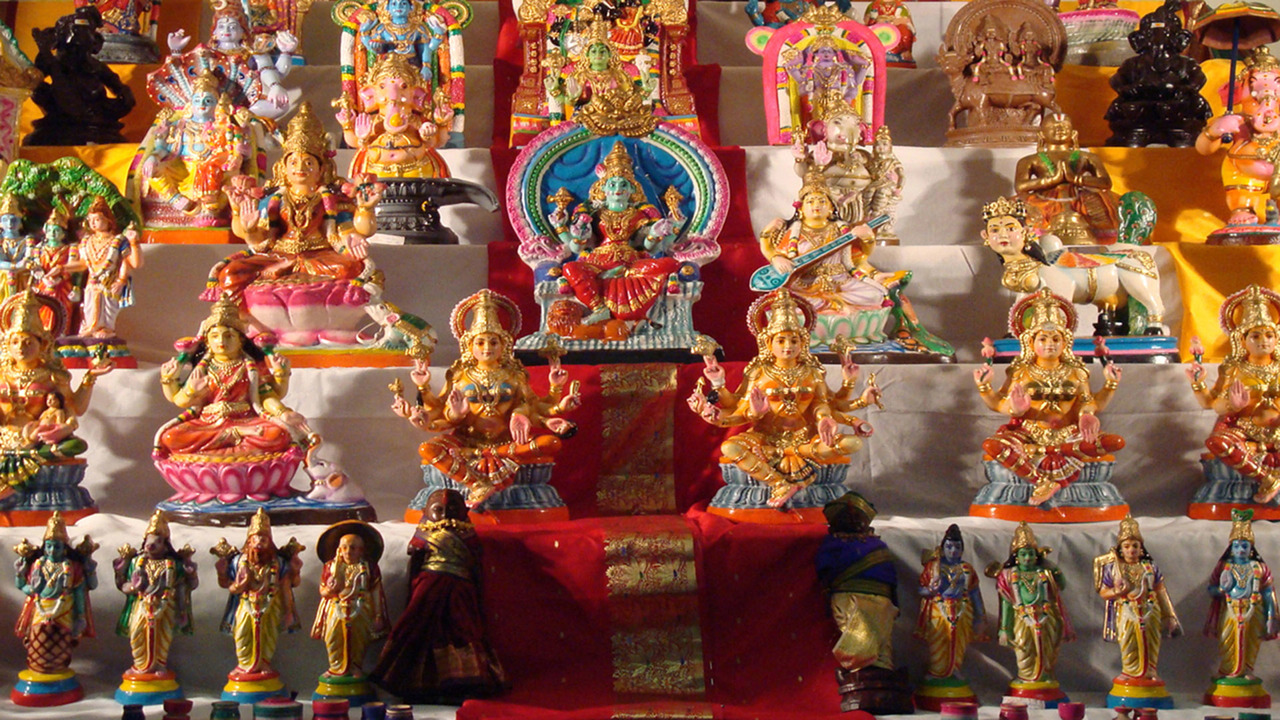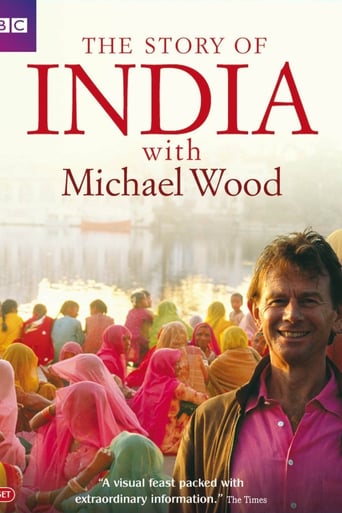

Touches You
... View MoreIt's an amazing and heartbreaking story.
... View MoreIt's the kind of movie you'll want to see a second time with someone who hasn't seen it yet, to remember what it was like to watch it for the first time.
... View MoreThe thing I enjoyed most about the film is the fact that it doesn't shy away from being a super-sized-cliche;
... View MoreI thought It will be Great, There are so many things Missing! From Episode 1 to 4 (/6) They Only Coverd South India, I think They were finding Culture of India Because those People even Today's Generation Follow that Very Well But They didn't Covered The Yoga ,The Different foods Of India, The Natural Beauty Of India, The Beautiful Difference in Our Languages (They Covered Sanskrit very Well Though), Rather Taking Different Part Of India They took Pakistan! There is a reason for that but I don't think It was Necessary! They also didn't Covered Different Festivals Of India! They should have Covered History of India More But They didn't! Overall its Good! But Research Was not very well!
... View MoreHats of to Michael Wood for his extensive research and such a wonderful representation. Your enthusiasm mesmerizes me while watching the series. Also we have watched it with a view of foreigners. it is full of information. It has all the thing needed to be a great documentary be it direction, representation, music, sites etc. Really I felt enormous pleasure watching all the episodes. :)It describes the beauty of culture and a great history of the India. I would like to admit that, even after being an Indian I did not know some minute things which I have come to know after watching the documentary. So a great thanks to BBC for presenting such a great series in India. I am looking forward to upcoming series. please bring more such series on India.
... View MoreSuperlative stuff!!1) Covering a history of a country as vast, diverse, complex, chaotic and ever-changing as India over a period of 10K years is obviously biting more than you can chew. I think the narrator and the BBC guys deserve a lot of credit for handling it in the exceptional way that they did.2) Like it usually goes with such sweeping historical documentaries, you either get a vast overview like a powerpoint presentation without meaning (a bread first search) - or you get a selective investigation of individual threads/stories which might not be comprehensive but provides emotional depth (iterative depth first search).3) Some people might be put off after the first episode where Sri Lanka was shown as Tamil Nadu on the map. Granted this is misleading, however point to note: TN was highlighted with contrast and the caption "Tamil Nadu" was appearing beside it (ditto with Kerala) - the fact that the graphics guys decided to caption it on top of Sri Lanka.4) As an Indian, and as someone who has read history of all kinds, I was more than blown away by the sheer number of facts I pleasantly discovered by watching this series.5) By and large, the narrator is affable and likable and his enthusiasm is quite infectious. His sense of wonder seemed very genuine to me. If there is a criticism, I do agree that sometimes the narrator did seem to excessively gush and praise (and portray historic India as a utopian paragon of civilization - I am sure that historic India also had its own set of vices) - this did seem to be because of some sub-conscious sense of guilt that the narrator clearly felt at European imperialism in the past. While that did appear a little contrived, it was a very minor distraction.6) Because this format relied on micro-threads and unconventional sources (a lot of it hearsay and word-of-mouth), some of the awe-filled facts might turn out to be fiction. Furthermore, I would like to point out - that civilization and history is as much about the legends and the tales and the fables as it is about facts.Bottomline: This is a fabulous and awe inspiring effort. Definitely a must-watch for Indians and non-Indians alike. BBC as always proves itself to be the only broadcaster/producer of any content of repute.
... View MoreI started to watch this series with a fair degree of scepticism, being of Indian origin, but was hooked within the first 15 mins. The credit almost entirely goes to Michael Wood and the unending passion with which he has presented this masterpiece. It is a daunting task to be asked to cover India's vast and varied history in 6 short hours but Wood tells an intriguing and masterful tale, carefully taking into consideration all of the historical aspects and view points. I was delighted that as an Indian, there was a lot I got to learn and was pleasantly surprised at Wood's tenacity towards fact finding. Also, the history is told not so much in a chronological factual manner, but in Wood's fascinating and poetic story telling style, making it an extremely interesting and entertaining 6 parts to watch.If I had to be picky, the only criticism I would have to offer would be on the lack of attention to the splendid Mughal era. Wood does touch upon it , but only when it is dying. The great Mughal emperors like Jahangir, Akbar and Shah Jahan have played a huge role in shaping Indian history and have given to India such splendid monuments such as the Taj Mahal. But then again, it is a vast country with an over-abundance of history and tales. A must watch in my book !
... View More